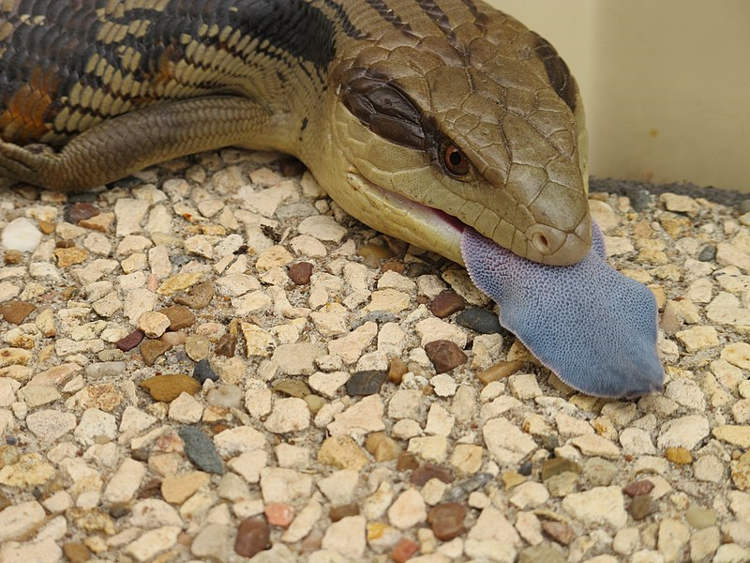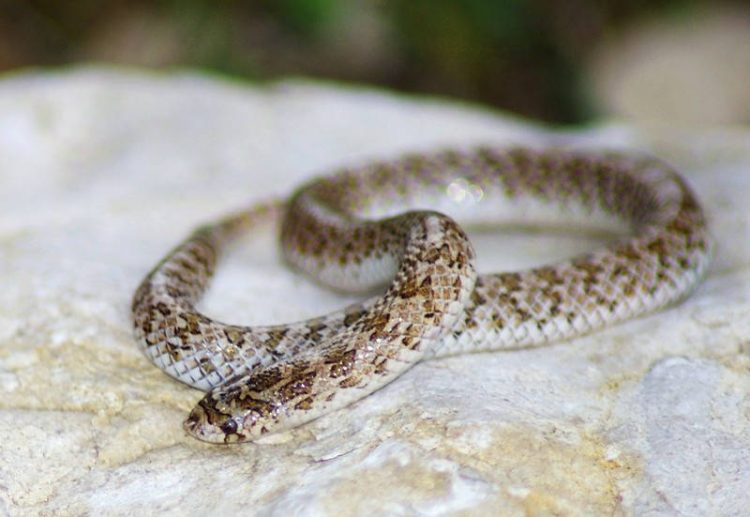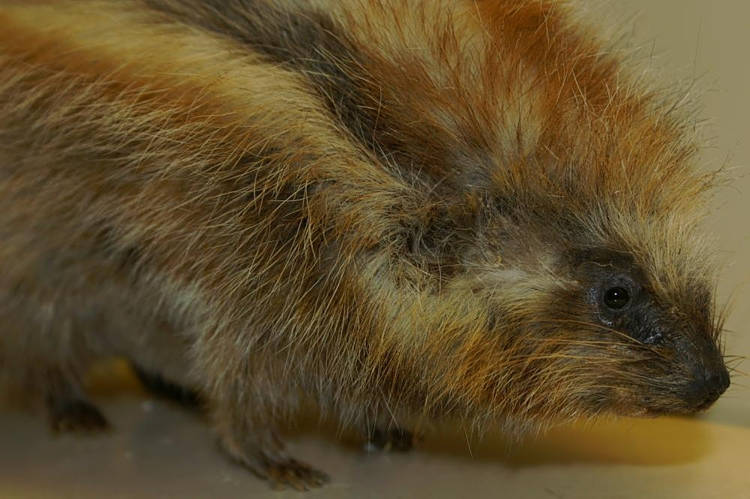Blue-Tongued Lizard Defends Itself by Sticking Its Tongue Out to Predators

The blue-tongued skink, a lizard native to the Australian continent, has a rather bizarre defense mechanism – it sticks its bright-blue tongue out to predators and they actually run away, sometimes. A subspecies of Tiliqua scincoides, the blue-tongued skink is one of only five animals known to have blue tongues, the other being the chow […]
This Small Snake Uses Farts as a Defense Mechanism

The western hook-nosed snake, a small snake endemic to the deserts of the United States and Mexico, is famous for the shape of its snout and for farting to confuse its enemies. Cobras and rattlesnakes have their deadly venom, constrictors like pythons and Boa have their strong musculature, but the western hook-nosed snake doesn’t have […]
This Cuddly Rodent Coats Itself in Lethal Poison to Keep Predators at Bay

The African crested rat, an elusive rodent that lives in forested areas of Eastern Africa, has a very strange yet intriguing defense mechanism against would-be predators – it licks deadly toxins onto its own fur. People inhabiting the highland forests and woodlands of countries like Somalia, Sudan or Ethiopia have long known to stay clear […]
